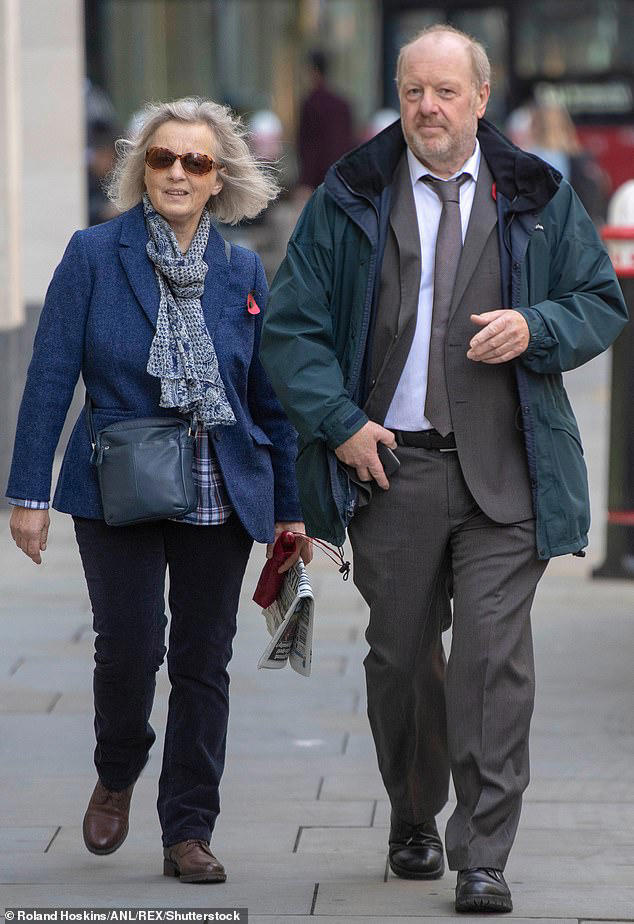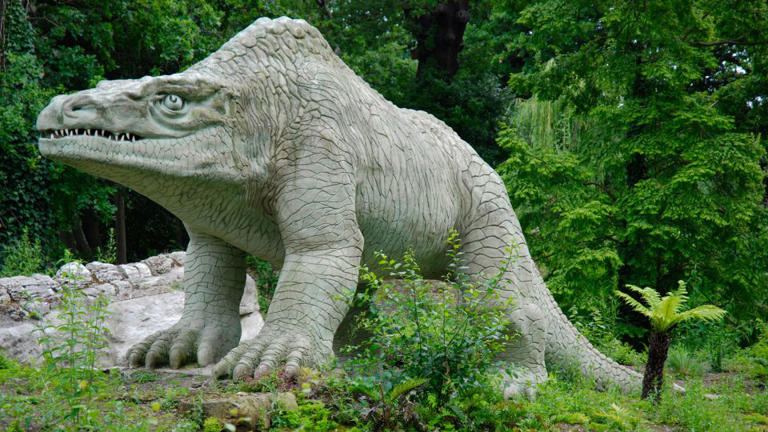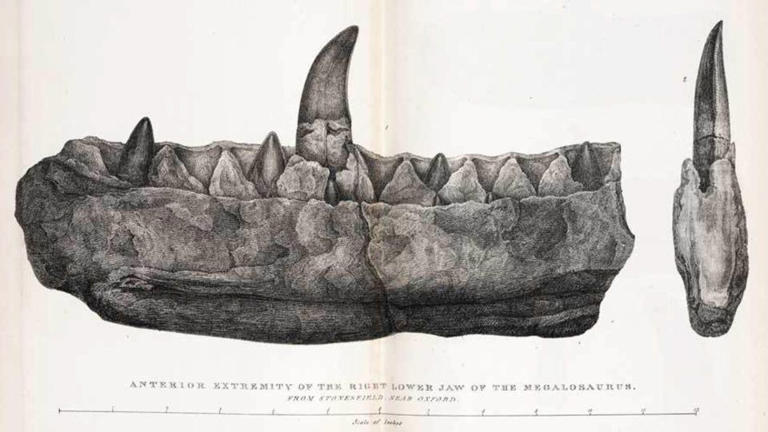Story by DPA International •

Terry Reintke, German and European lead candidate for the Greens in the European elections, attends a press conference. Senior figures from the Green and liberal factions in the European Parliament have spoken in favour of including the right to abortion in the EU Charter of Fundamental Rights, echoing a call by French President Emmanuel Macron.
Senior figures from the Green and liberal factions in the European Parliament have spoken in favour of including the right to abortion in the EU Charter of Fundamental Rights, echoing a call by French President Emmanuel Macron.
Green parliamentary group leader Terry Reintke and Valérie Hayer, who is the leader of the liberal Renew group, spoke to Germany's RND media group for an interview published on Sunday.
"The right to safe abortion belongs in the EU Charter as a fundamental right," Reintke, a German politician who has served as a member of the European Parliament since 2014, told RND.
The right for a woman to make autonomous decisions about their body should not depend on which political parties happen to hold power at any given time, she said.
Hayer, an MEP from France and ally of Macron, also told RND that she supported the French president's initiative.
"While the radical right is working hard to find new ways to push through its reactionary agenda, we in a truly liberal society must stand up for women's rights more resolutely than ever: The right to abortion must be enshrined in the EU Charter of Fundamental Rights, because we must never leave women's rights to the populists," she said.
Macron declared on Friday that the freedom to have an abortion should be included in the charter, which acts as a bill of rights for EU citizens.
France anchored the right to abortion into its constitution following a landmark vote in parliament on Monday.
Abortions up to the 10th week of pregnancy have been allowed in France since 1975. Since then, the law has changed to allow abortions up to the 14th week.





















 Global News
Global News